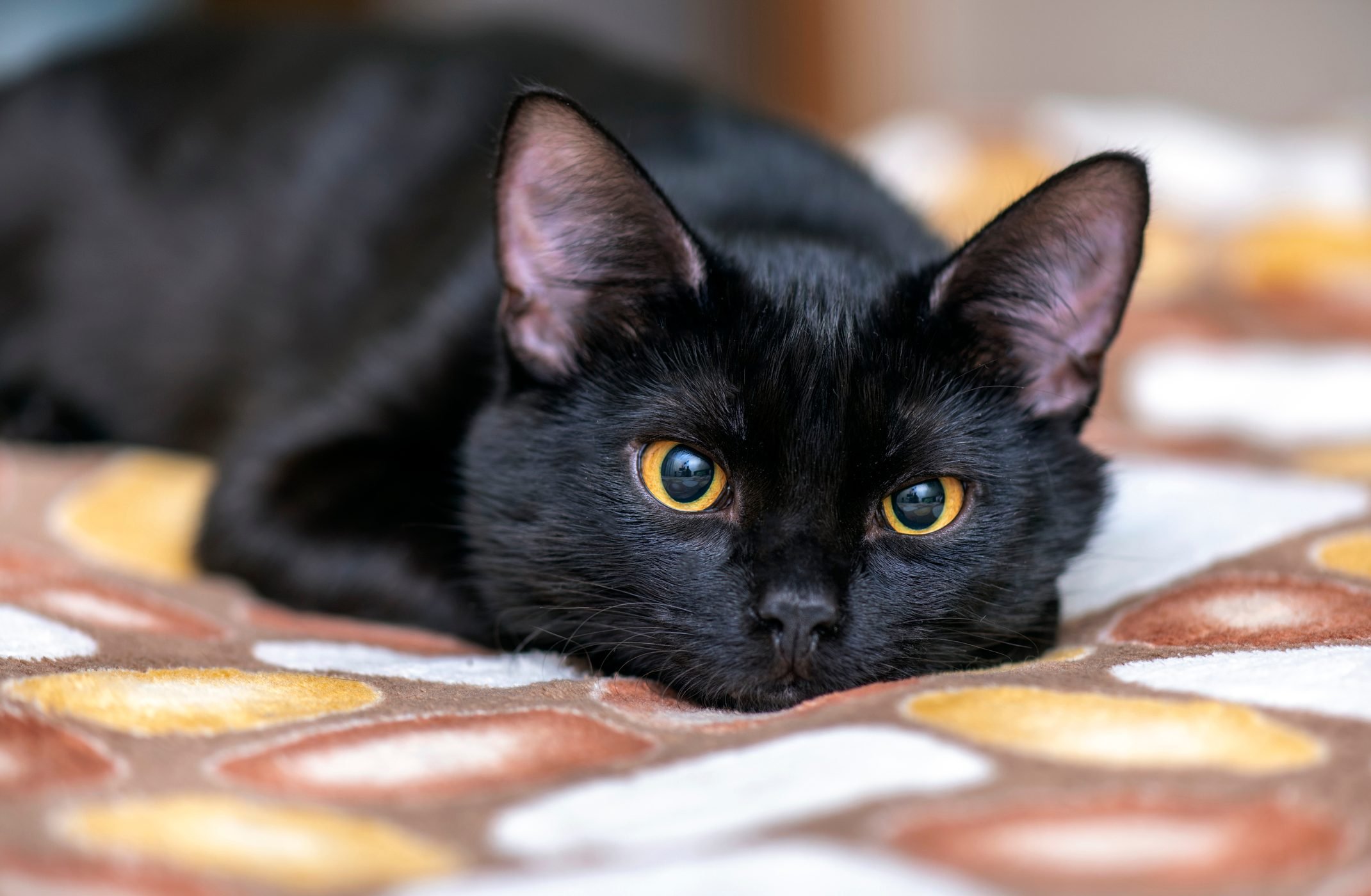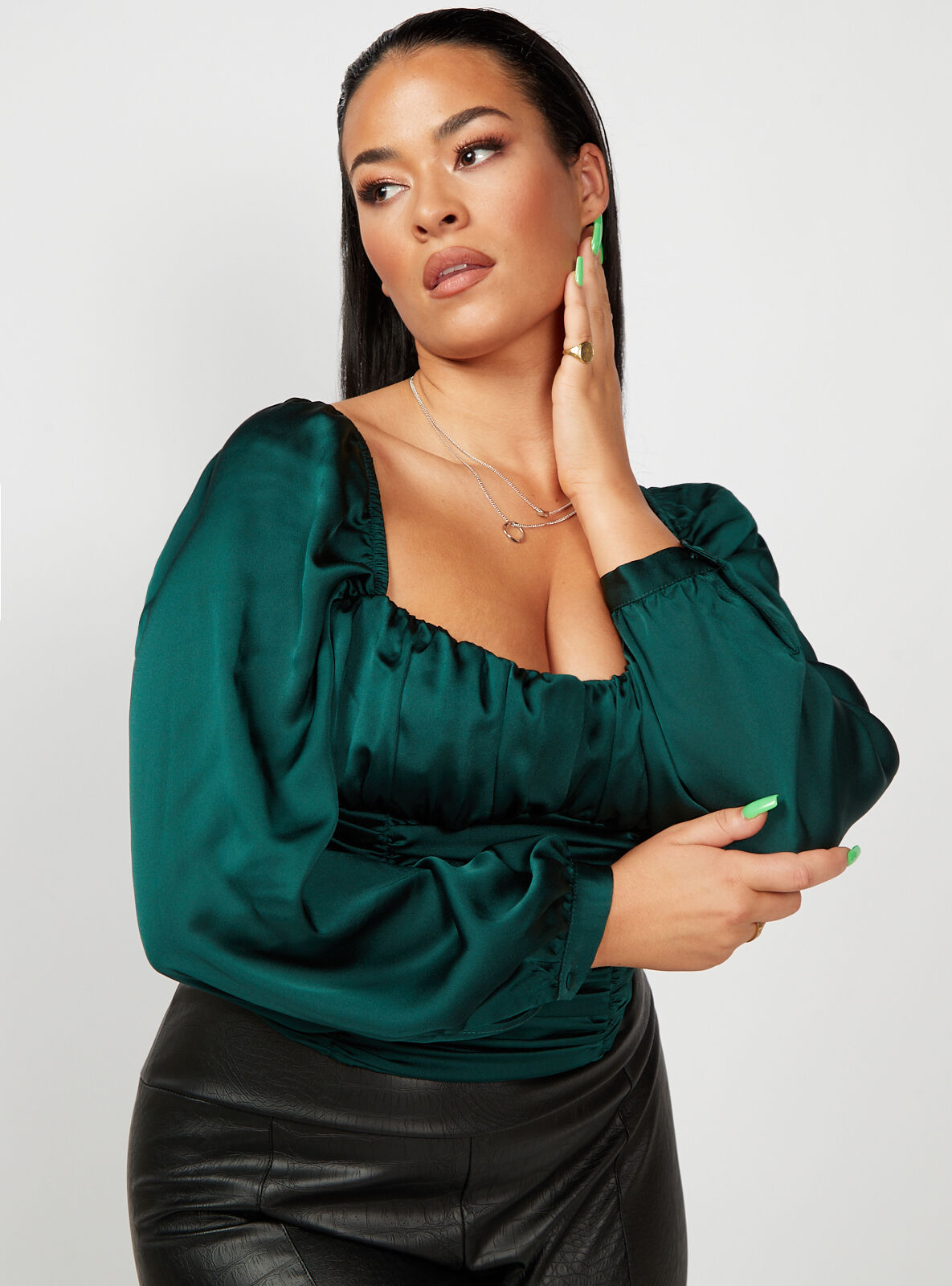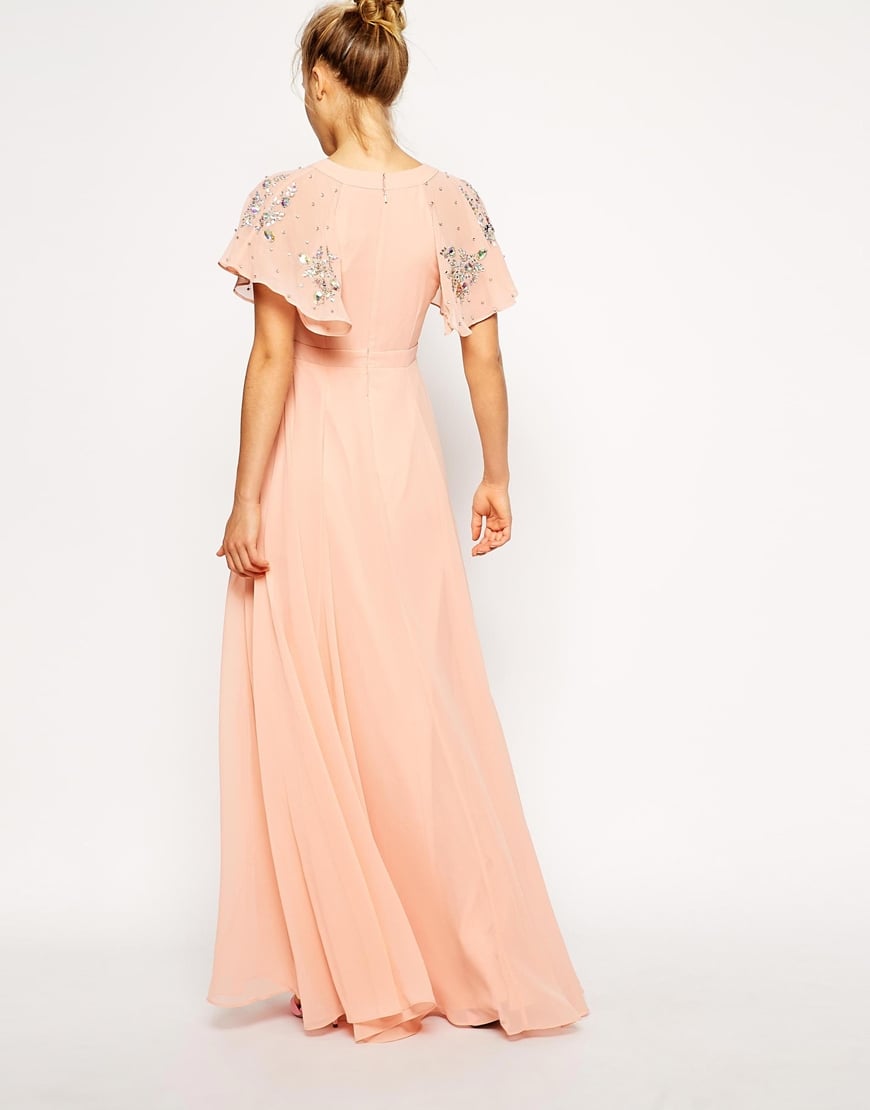Table Of Content

This rather confusing hairless cat breed can actually, sometimes have hair too. However, the majority do lose their fur and have a peachy, velvet soft skin. With a long rat-like tail, webbed feet and a long, narrow head, they are rather strange looking cats. A Peterbald kitten will often follow their owners from room to room as they don’t like being alone. This hairless feline has a strangely high metabolism that helps any wounds to heal quicker than normal.
Short-haired Cat Breeds
Since genetics determine whether a Donskoy cat will be hairless, not all Donskoys are hairless. Interestingly, all Donskoys can grow a winter coat, making them unique among hairless cat breeds. The Donskoy—also known as Don Sphynx or Don Hairless—is a Russian hairless cat breed. This breed came about when its founder rescued a kitten that started losing fur at only 4 months of age. As such, Donskoy’s hairlessness is not a result of human manipulation but a genetic mutation.
Are Hairless Cats Hypoallergenic?
Indeed, cats with fur absorb these oils but the hairless cat can't and this could lead to skin problems. Also, you will have to protect your hairless cat from sunburns and cold weather. Ask your vet for a friendly cat sunscreen and buy some cat sweaters for winter season. If you are thinking of adopting or buying one of these hairless cat breeds, give the decision plenty of thought.
Healthy Diet
A group of Pueblo Indians gifted some of these cats to a Mr E.J.Shinick. He bred from these exotic Aztec cats which at the time were given the name “Mexican Hairless Cats”. During the 1930s, in France, a female cat that had normal fur gave birth to a batch of hairless kittens. Popularity increased and in the 1960s, the Sphynx hairless cat breed was introduced. Yes, hairless cats are good pets because they are extremely affectionate, playful, loving and very intelligent. If you are looking for a cat that loves nothing more than to cuddle to its owner, the hairless cat is the cat breed you need.
What’s the Deal With… Cats and Dogs Who Have No Hair?
Because they are much smaller than other breeds of cats, they find difficulty when trying to jump and climb. Classed as a dwarf breed of cat, they weigh anywhere between 4.9 and 8.8 pounds. Almost certainly guaranteed to love cuddles and have a huge personality. This species has to be the most famous of all the hairless felines.
What cat breed is hairless?
But that being said, as long as you have bucket loads of time to devote to them, they’ll be equally happy living with a single person or a couple. Sweet natured, energetic and playful, the Donskoy is highly intelligent and therefore very easy to train. You’ll want to have plenty of interactive cat toys on hand for those times when you’re busy as this is one kitty that likes to be kept busy. Originating from Russia, the Peterbald is easy to spot thanks to its oversized ears and whip-like tail. It's the result of breeding between the Donskoy and the Oriental Shorthair. Created in 1994, it was first popular in St. Petersburg, hence it being given the name Peterbald.
With its inward-folding ears due to Scottish Fold parentage, this cat is a sight to behold. Elf is a cat that will catch your eye, a hybrid between American Curl and Sphynx. The look may appear harsh, but this hairless cat breed is actually a really playful elf cat that will make friends with anyone. The name of this cat breed means “baby” and is actually a cross between a Munchkin cat and a Sphynx.
Caring for hairless cat breeds
Here are 10 breeds to consider if you're interested in adopting a hairless cat. The Ukrainian Levkoy is smart, playful, and gets along well with other pets. The breed, which has only been around since the early 2000s, according to My Animals, is the result of crossing a Donskoy with a Scottish Fold — hence the ears.
What are other characteristics of hairless cats?
25 Blonde Cat Breeds: Top Choices for Your Home (With Pictures) - Catster
25 Blonde Cat Breeds: Top Choices for Your Home (With Pictures).
Posted: Thu, 28 Mar 2024 15:35:31 GMT [source]
Whether it’s a small cat breed or a large cat breed—or the color is jet black or snow white—all cats are beautiful. Some of the cutest cat breeds have long and flowing hair that makes them especially photogenic. Long-haired cat breeds have the kind of mane that deserves a round of applause (and probably lots of brushing). And if you’re a sucker for a pretty head of hair, make sure to also check out our roundup of fluffy cat breeds that are irresistibly cuddly.
In 1978 and 1980, two hairless female kittens believed to be related to Prune were found in Toronto. They were sent to Holland to be bred with Prune’s last surviving male descendant. None of Prune’s descendants went on to become the Sphynx breed we know today. Additionally, they get along with other pets, which is why they make great pets.
The majority of felines don’t need to be bathed as they groom themselves. Certainly, though, a cat with no hair will need a frequent bath to reduce the dandruff (dry skin) that they create. While resilient, strong and independent, the Siberian also has a softer side.
However, their intake should return to normal once winter is over. As with all pet cats, your Donskoy should eat a diet that is high in protein, moderate in fats, and low in carbohydrates. Whether that diet is purely kibble, all canned food, or a mixture of both is up to you, but your cat should have fresh water available at all times.
This hairleses cat is another recent breed, My Animals reports, made by crossing a Sphynx with an American Curl. The result is a playful and extroverted cat with interestingly curved ears. Peterbalds are known to have sweet temperaments and acclimate well to homes with other pets or children. Their webbed feet and oval paws give them dexterity that when combined with their clever nature, can get into trouble around the house. Nosy Peterbald cats can open cabinets and grasp objects far more easily than most other cats. In terms of personality, Sphynx owners will tell you that their cats are not quite like other cats.
The main cause of allergens is the dander or the saliva, not the hair of a cat. "Major changes, like moving into a new house or adding a new baby or pet, a change in household routine, can cause anxiety for your cat and increase shedding," said the TICA president. Stress, allergies, arthritis and obesity can all cause your cat to shed more than normal.























